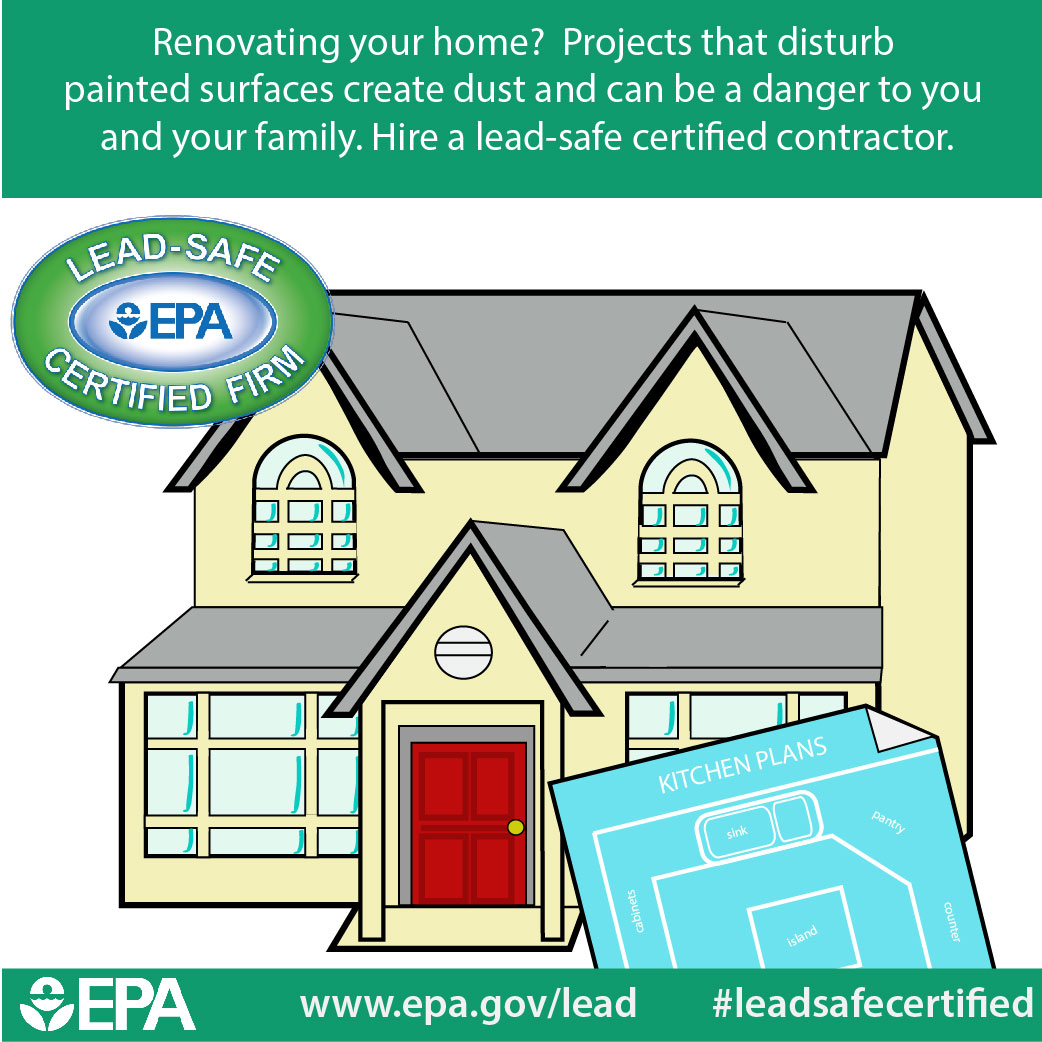Figure Out How Seasonal Elements Influence Commercial Outside Painting Success And Find The Best Times To Make Certain Long Lasting Outcomes For Your Job
Figure Out How Seasonal Elements Influence Commercial Outside Painting Success And Find The Best Times To Make Certain Long Lasting Outcomes For Your Job
Blog Article
Authored By-Regan Bagger
When you're planning a business external paint task, seasonal elements can make or break your results. You'll wish to take into consideration exactly how temperature level and humidity impact paint application and drying times. Selecting the ideal season can guarantee your paint adheres correctly and lasts much longer. But which seasons are absolutely the most effective for this type of work? Let's explore the key elements that can influence your task's success.
The Influence of Temperature on Paint Application
When you're intending an industrial external painting project, the temperature can considerably affect how well the paint adheres and dries.
Preferably, you wish to paint when temperatures vary between 50 ° F and 85 ° F. If it's also chilly, the paint might not treat properly, leading to problems like peeling or breaking.
On the flip side, if it's too hot, the paint can dry out also promptly, preventing proper adhesion and leading to an uneven coating.
You should also think about the time of day; early morning or late afternoon uses cooler temperatures, which can be extra desirable.
Constantly inspect the producer's recommendations for the specific paint you're utilizing, as they commonly give assistance on the ideal temperature array for optimal results.
Humidity and Its Effect on Drying Times
Temperature level isn't the only ecological element that affects your industrial exterior paint job; humidity plays a substantial duty as well. High moisture degrees can decrease drying out times considerably, affecting the overall quality of your paint task.
When the air is filled with wetness, the paint takes longer to heal, which can cause problems like inadequate bond and a greater danger of mold development. If you're repainting on a specifically damp day, be gotten ready for extensive wait times in between layers.
It's crucial to monitor regional weather conditions and plan appropriately. Preferably, go for humidity degrees between 40% and 70% for optimum drying.
Keeping these factors in mind ensures your task remains on track and delivers a long-term surface.
Best Seasons for Commercial Exterior Paint Projects
What's the very best season for your commercial external painting jobs?
Spring and early loss are normally your best options. During these seasons, temperatures are light, and humidity levels are usually lower, developing perfect conditions for paint application and drying.
Avoid summertime's intense heat, which can trigger paint to dry too rapidly, causing bad bond and coating. Similarly, winter's cool temperature levels can hinder appropriate drying out and healing, risking the durability of your paint job.
Aim for days with temperatures between 50 ° F and 85 ° F for ideal results. Keep in painting contractors nearby to check the regional weather prediction for rainfall, as wet conditions can ruin your project.
Planning around these factors guarantees your painting job runs smoothly and lasts much longer.
Verdict
To conclude, intending your commercial outside paint projects around seasonal factors to consider can make a significant difference in the end result. By organizing work during the ideal temperatures and humidity levels, you'll make certain far better bond and drying out times. Bear in mind to keep an eye on neighborhood weather prediction and select the right time of year-- spring and very early autumn are your best options. Taking interior painters near me will help you attain a resilient and expert surface that lasts.
